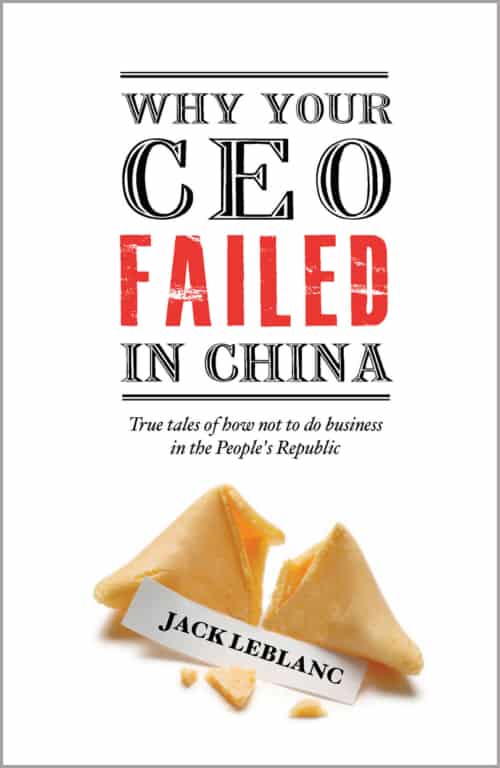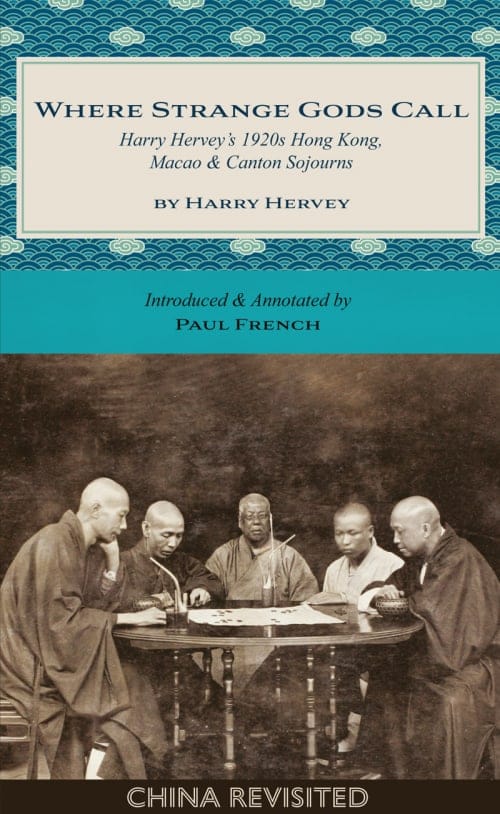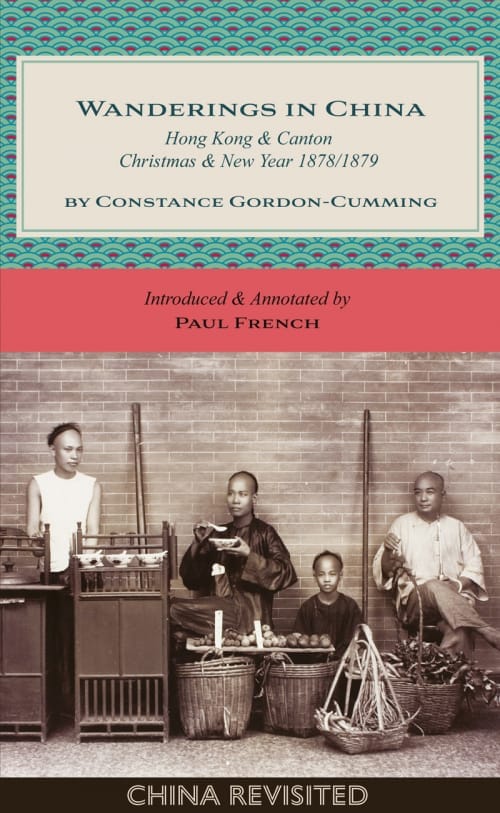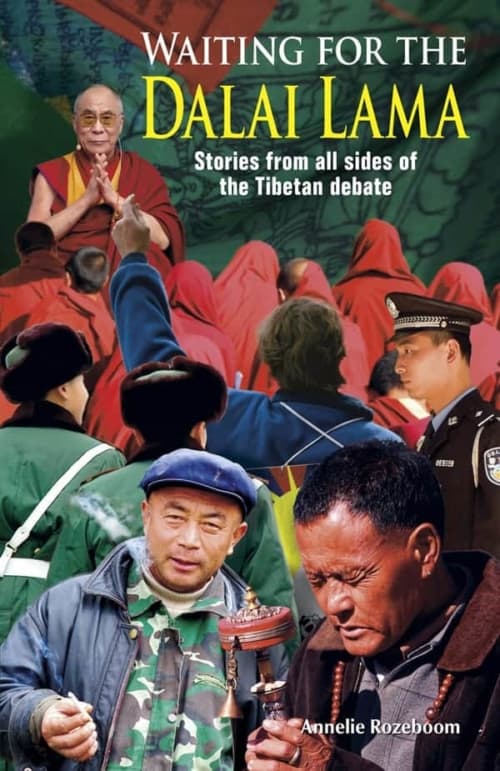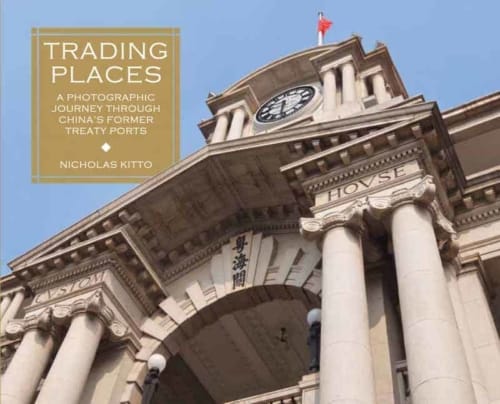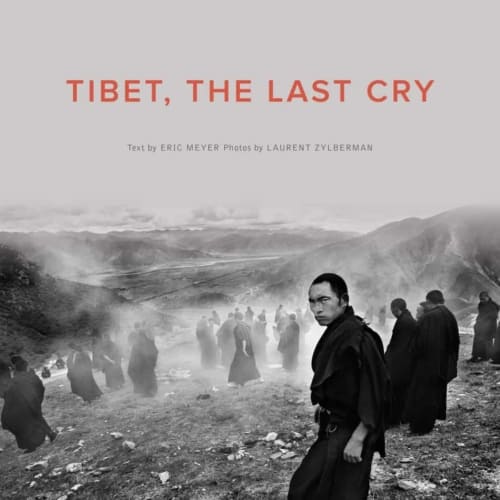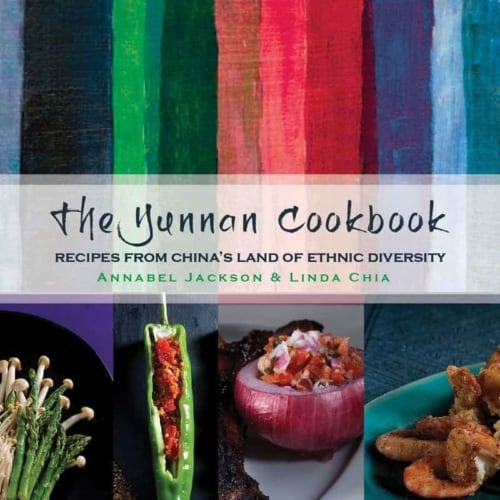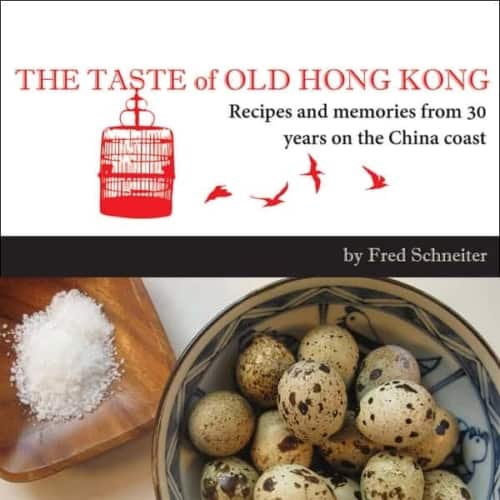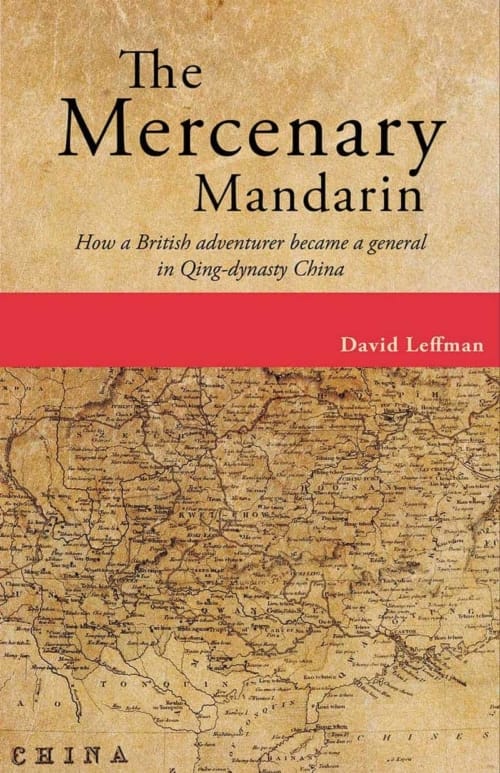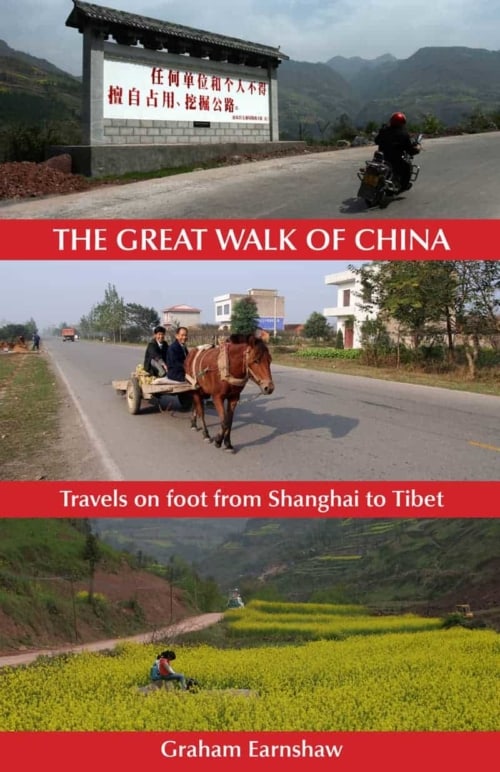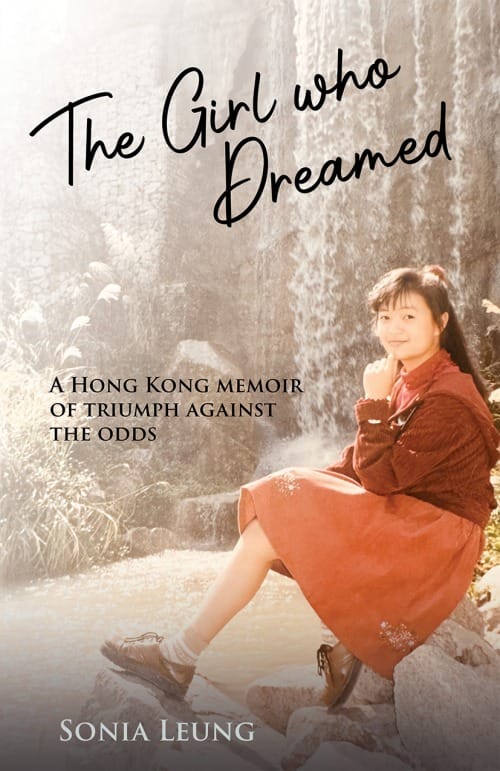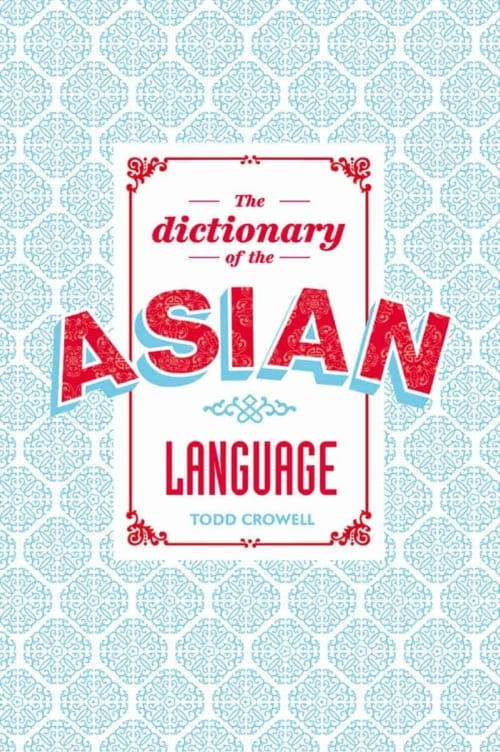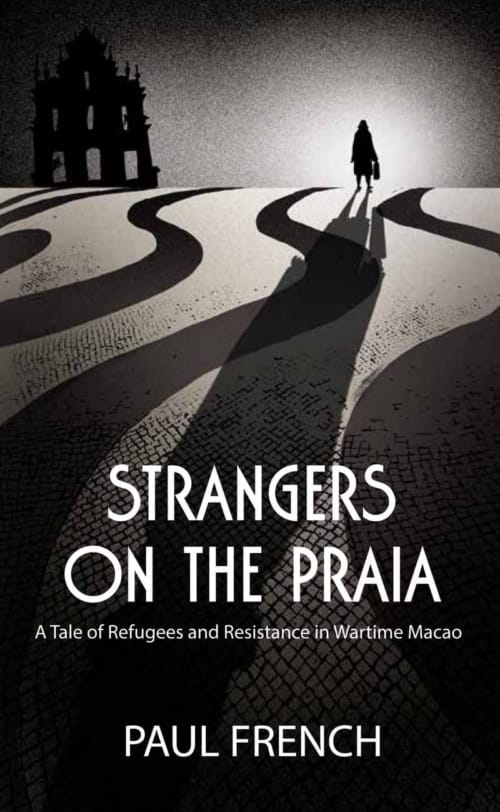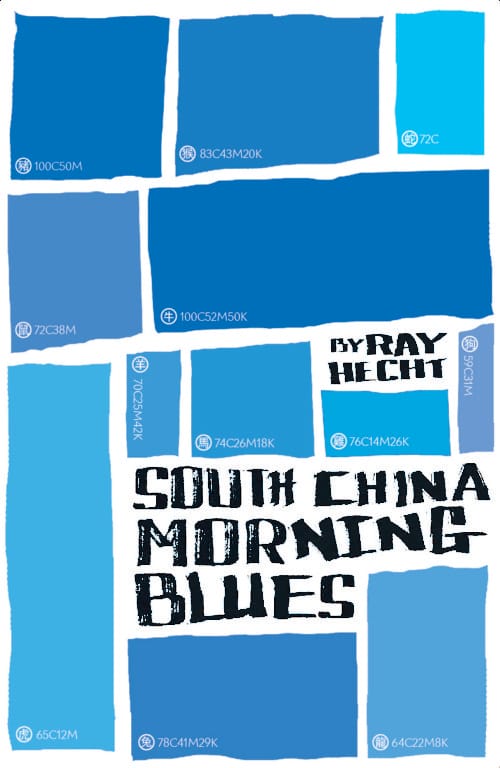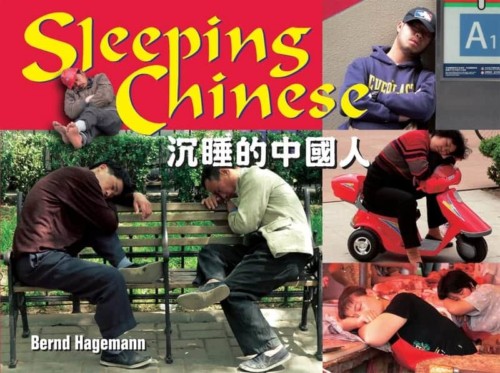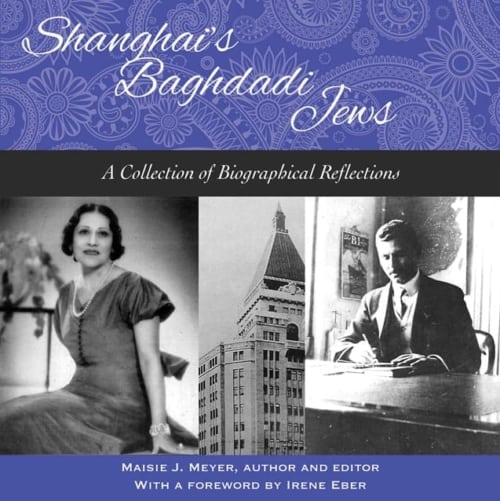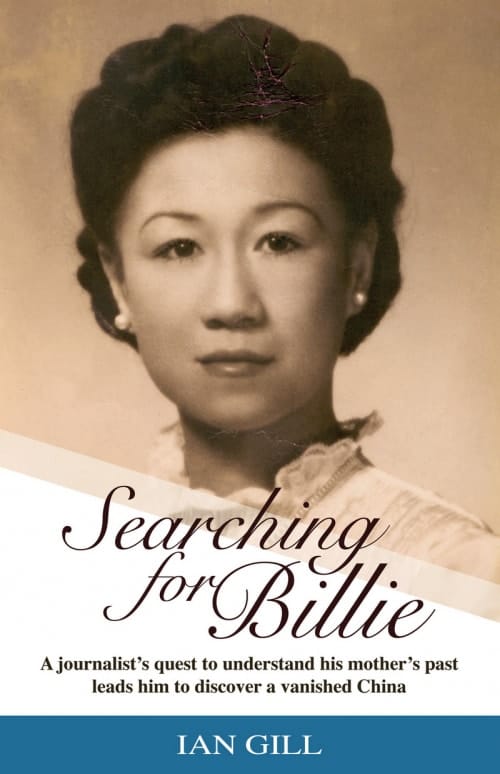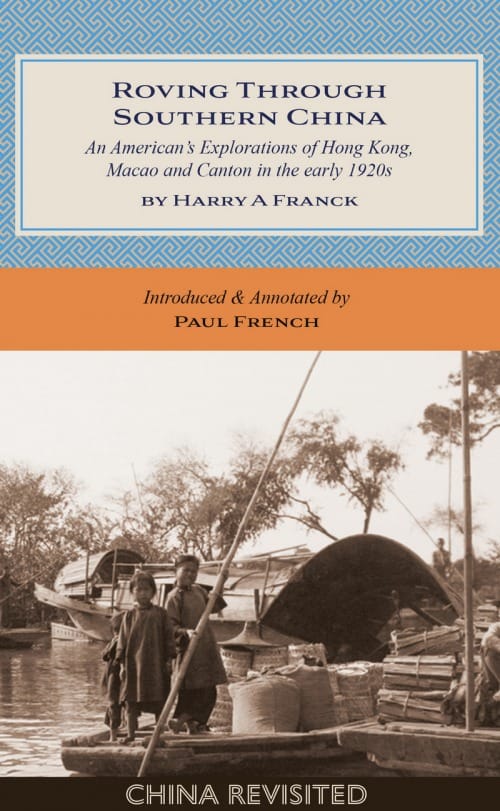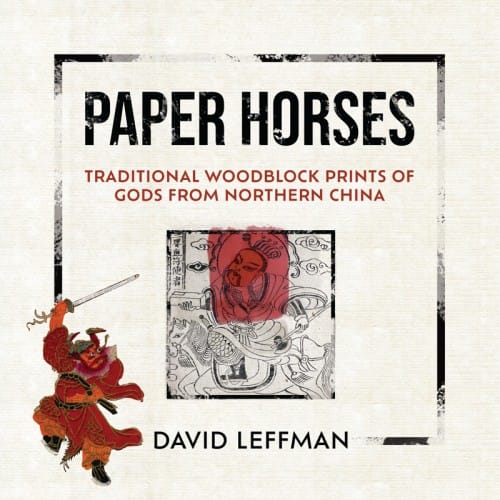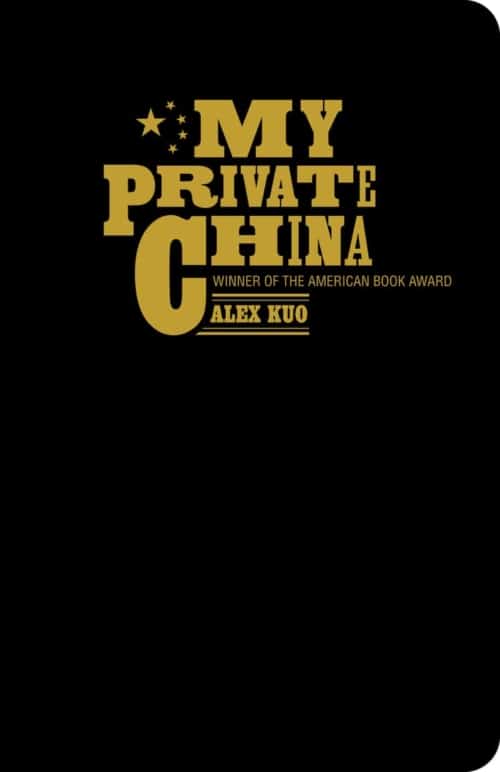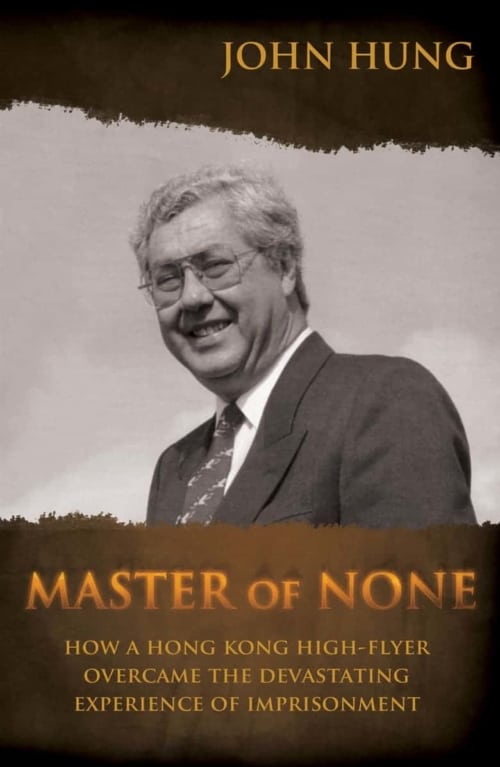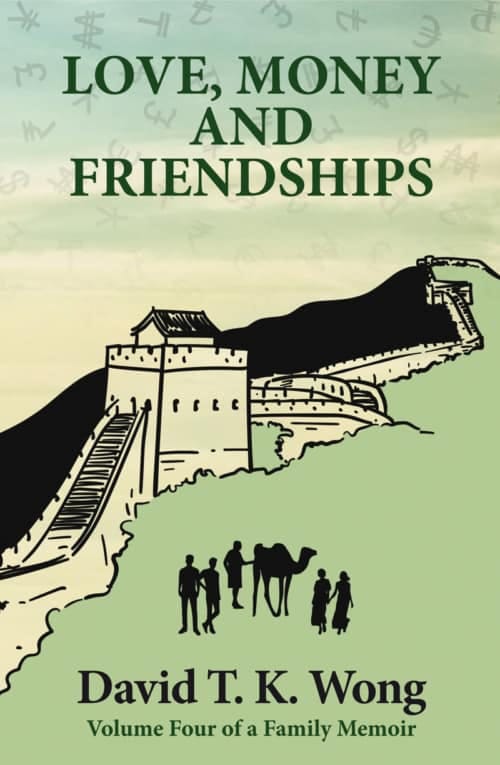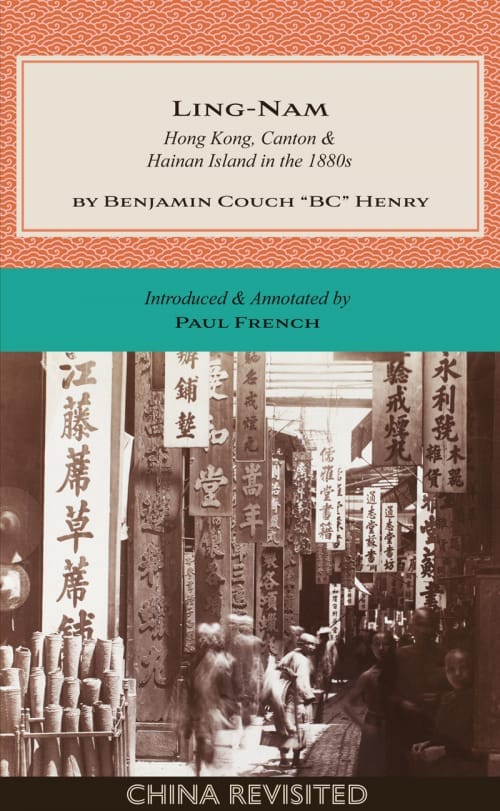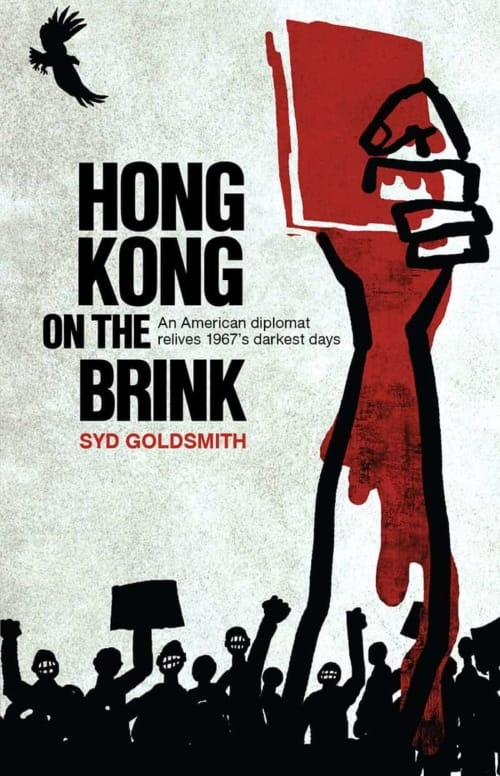By Harry Hervey, introduced and annotated by Paul French
No. 1 in the China Revisited series
As a young man in the southern United States in the early years of the twentieth century Harry Hervey dreamt of travelling to Asia. He also dreamt of writing novels, movie scripts and travel books. He would do all these things. Eventually, in 1923, Hervey managed to find a way to get to the Far East working on a cruise liner. He was to spend time sojourning in Hong Kong, Macao and Guangzhou. His impressions of his travels through southern China, contained in his 1924 travelogue Where Strange Gods Call, is both lyrical and detailed, as well as atmospheric and informative. Walking from Central to Kennedy Town; the basement “dives” of Belcher’s Street to the private dining rooms of Queen’s Road; Macao’s Praia Grande to its infamous fan-tan houses, Hervey is a fascinating flâneur and guide. So too in Guangzhou, a city in upheaval, where Hervey encounters those fleeing warlord violence in the north and is granted an audience with Dr Sun Yat-sen.
Hervey’s impressions of China would stay with him for the rest of his life, not least in his treatment for the 1932 movie Shanghai Express. Sadly, in the intervening century since the first publication of Where Strange Gods Call in 1924, Hervey’s name and work have been largely forgotten. Yet his early travel writing was to influence his later bestselling novels, popular short stories and Hollywood screenplays which, in turn, influenced American perceptions of Hong Kong, Macao and China.
This publication of Hervey’s impressions of southern China also includes the sketches of his good friend the Savannah artist Christopher Murphy Jr., which were included in the first edition of Where Strange Gods Call and bring Hervey’s descriptions further to life.
“Approaching Canton we were gliding past ugly, ramshackle dwellings and go-downs; grass-thatched house-boats, sampans, junks, and lighters, and millions of roofs that were flung in uneven terraces against the sky.”
